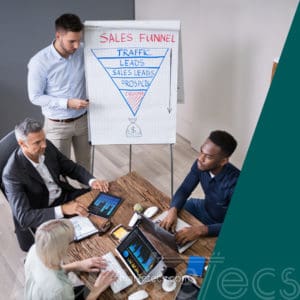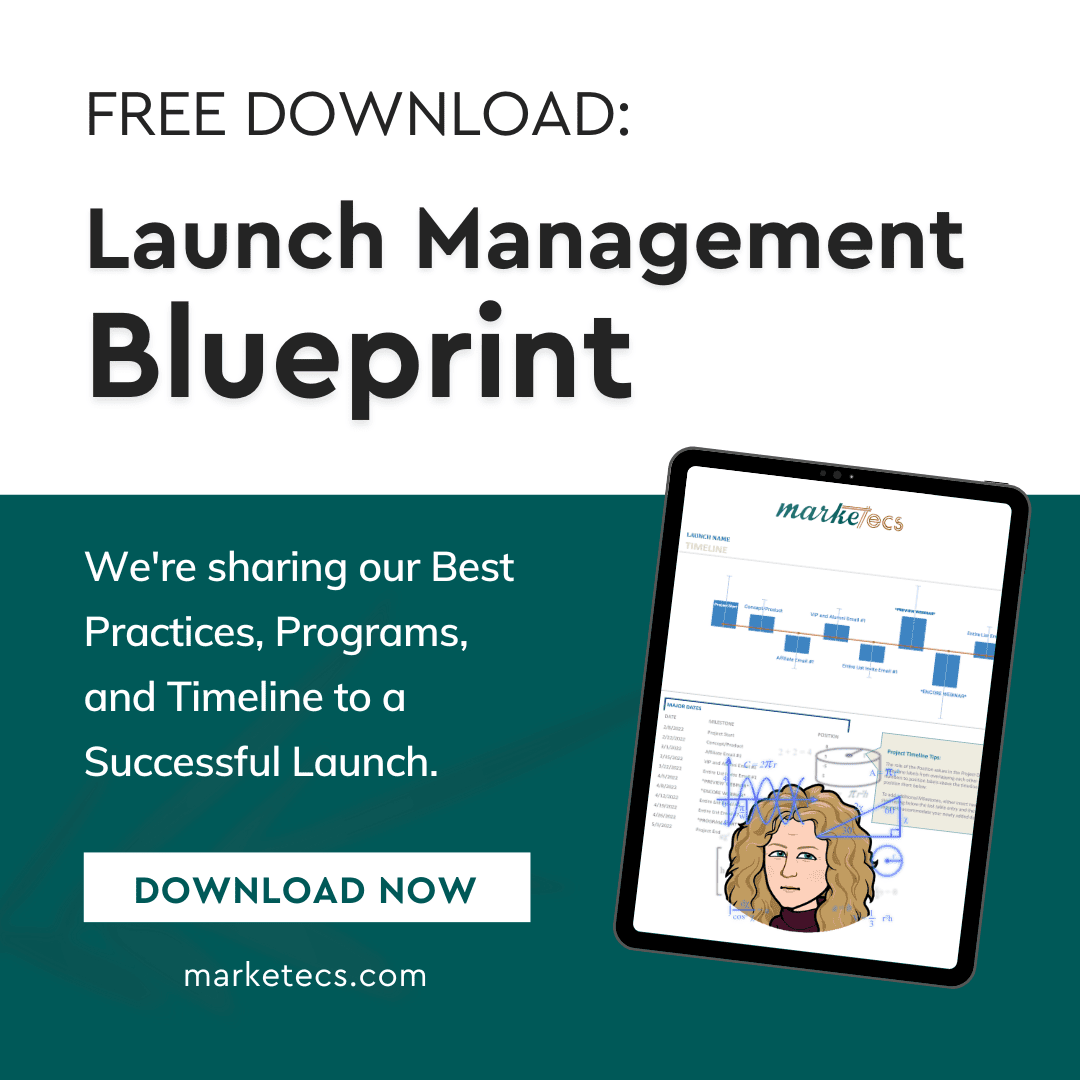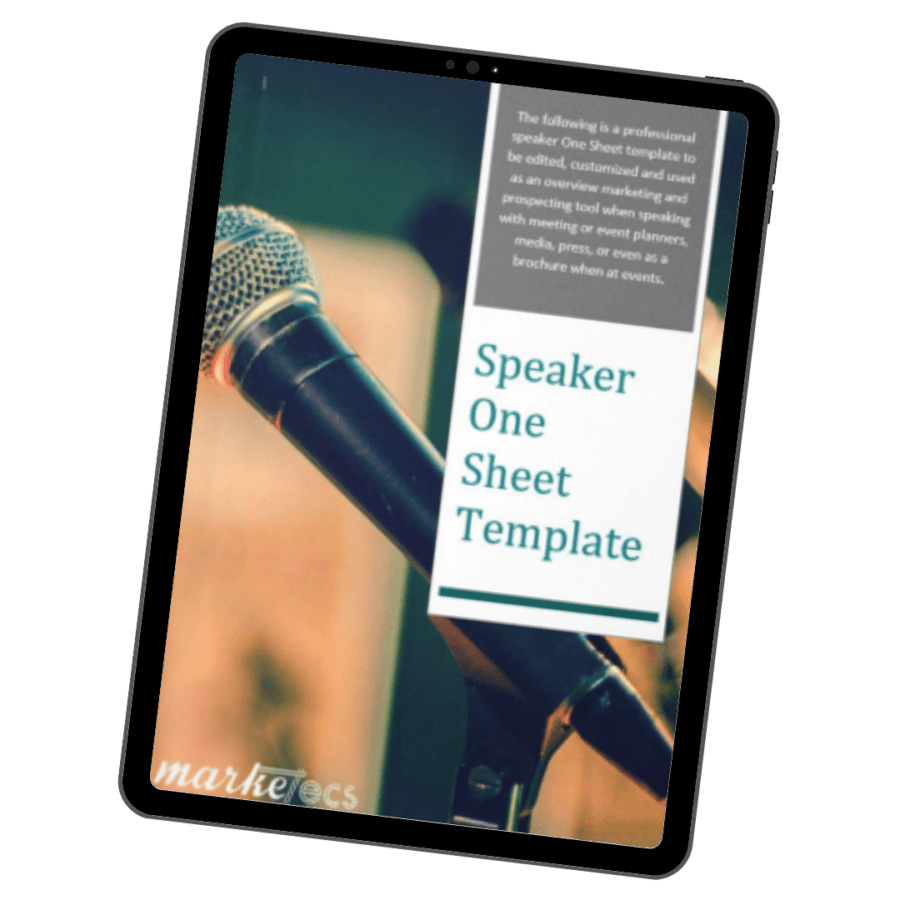Key Takeaways:
- How do you stand out on the Internet?
- The importance of a strategic sales funnel
- Turning clicks into sales
In our increasingly digital world, there are experts in everything, everywhere.
So, how can you turn your content strategy into sales?
Strategically – i.e. with a plan, specifically a Sales Funnel.
“B2B thought leadership, when done well, significantly influences brand perception and buying behaviors throughout the entire decision process.”
–Edelman 2021 B2B Thought Leadership Impact Study
Thought Leadership: The Proof is in the Stats
Here are the percentages of decision makers who reported the following occur sometimes or more frequently after engaging with a piece of thought leadership, according to the Edelman 2021 B2B Thought Leadership Impact Study:
- 48% awarded business to the organization responsible for the thought leadership
- 53% decided to increase the amount of business they did with the organization
- 54% purchased a new product or service from the organization that they had not previously considered buying
Sales Funnel: A Buyer’s Road Trip to Purchase
A sales funnel is a marketing term for a customer’s journey to a purchase or their user experience.
 It’s a specific plan for how you translate visitors into customers.
It’s a specific plan for how you translate visitors into customers.
Whether you realize it or not, every business has a sales funnel. Some are well-defined, planned, and honed in. Others are left to chance and happenstance.
How does a sales funnel evolve? It’s the journey from a view to a purchase:
- a sales funnel starts with views
- some of those views turn into visitors
- some of those visitors show interest in a product or service
- some of those interests turn into leads
- some of those leads turn into inquiries
- some of those inquiries turn into prospects
- some of those prospects turn into customers
- some of those customers refer others
If you’re a consultant, your sales funnel might look like this:
- Your blog or video shows up in a web search (view)
- it gets clicked on (visitor)
- a lead magnet gets downloaded (interest)
- a consultation gets booked (inquiry)
- a proposal goes out (prospect)
- you get hired (customer)
Thought Leaders, How Do You Make This Work For You?
It starts with views. Without this first step, views, none of the rest of the steps can happen.
You gain views by:
- Sharing quality, optimized content.
- Being consistent with what you put out there.
- Incorporating validated social proof.
- Buying views through pay per click (PPC) campaigns on Google, Facebook, LinkedIn, YouTube, Amazon, and others.
The effectiveness and results of PPC campaigns are related to your awareness of your ideal client, existing database size, and budget.
Ad spend can be anywhere from $1 to $15 per click, so this can be expensive for start-ups and very valuable for growth stage businesses. Additionally, there are methods to help off-set some of these costs by adding in a low-cost offer to recoup some or all of your ad spend along the way.
Lead magnet – without a way to gauge interest that actually works and converts your ideal client, prospects can slip by without you ever knowing they were there.
Don’t Forget These Key Pieces to Your Content Marketing Strategy
Every piece of content you draft should have a ‘next step’ in mind for your viewer. We call this a ‘call to action’ (CTA).
You should make it easy for your viewer to know what to do next if they were impressed with your content. Typically, the CTA at this point would be a lead magnet. Lead magnets are often most successful when they solve a very specific problem and are derived from the work that you do with your clients.
Automation – this should not be a manual, time consuming process.
After your content is published, the sales funnel should be automated all the way to the point of conducting the consultation. The basic requirements to automate a sales funnel are an email marketing system and an online scheduling tool. Two programs we currently favor are Keap and Acuity.
Here are a few examples of marketing automation in action.
Follow-up – Occasionally, a potential prospect will walk themselves right through your sales funnel and become a customer with little to no additional effort required.
More often than not, however, your email list becomes a database of potential prospects. If nurtured, this list can continue to produce results. The larger your email database, the more successful any potential launch will be in the future.
Developing an automated sales funnel takes work up front, but the results should speak for themselves over time.
Want to float above the sea of content on the web? With our marketing techniques, we’ll help you let the world know who you are. Click here to set up a time to chat.



